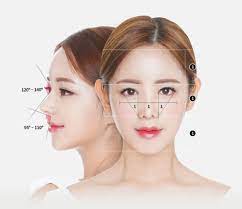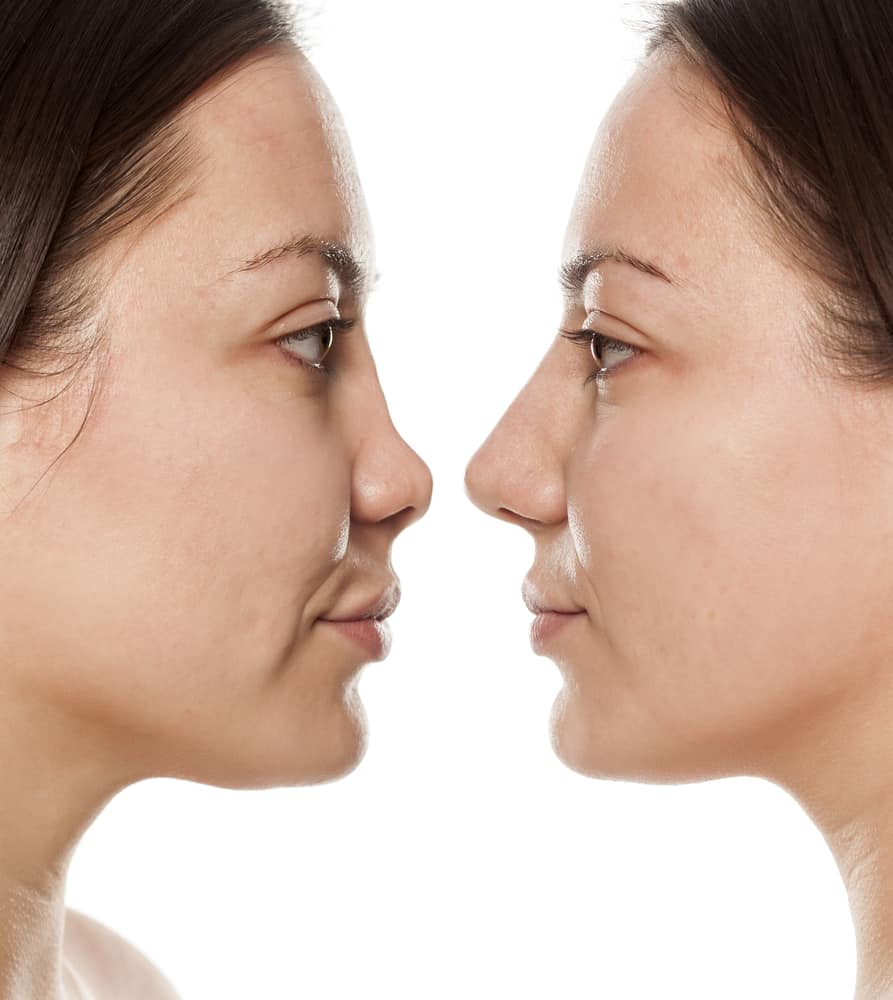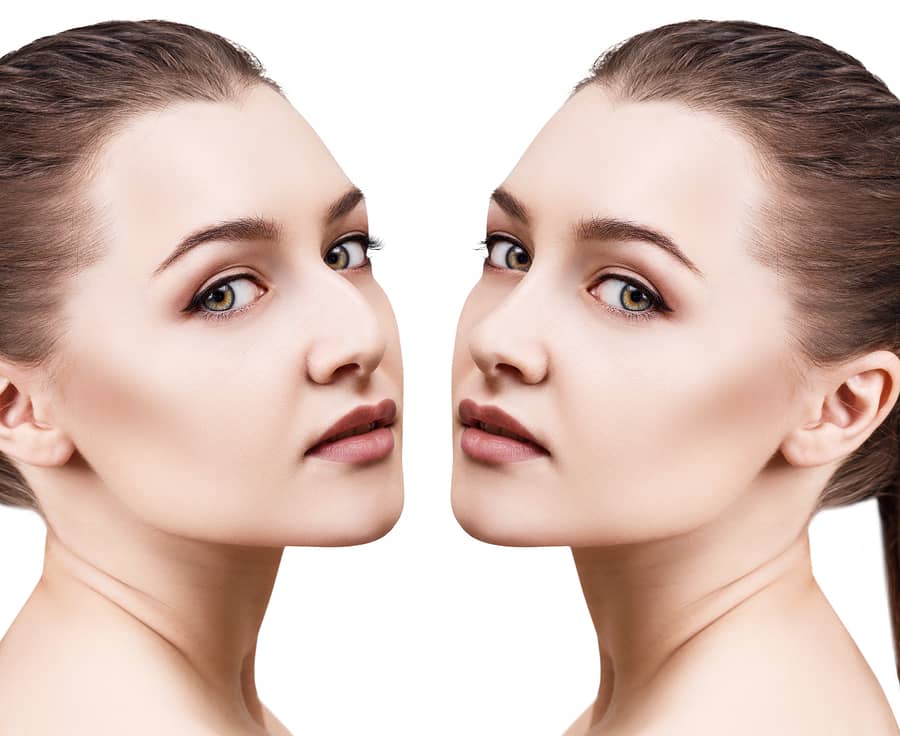Hello!
 Nose surgery is called rhinoplasty and is done to improve its performance or change its shape. Often referred to as nasal function or nasal repair, this surgical procedure can correct problems caused by trauma or heredity.
Nose surgery is called rhinoplasty and is done to improve its performance or change its shape. Often referred to as nasal function or nasal repair, this surgical procedure can correct problems caused by trauma or heredity.
Rhinoplasty procedures can also address functional problems within the nasal structure to correct respiratory problems.
While there is no such thing as a flawless nose, plastic surgery can help create facial contours and increase a patient’s confidence.
Whatever the reason for your nose surgery, finding a surgeon who specializes in rhinoplasty procedures is an essential factor.
Types of Rhinoplasty
There are many variations of rhinoplasty, and they include;
Functional Rhinoplasty
A functional rhinoplasty procedure is carried out to repair the respiratory problems caused by a dissected septum. This occurs when the cartilage and bone that separates the nasal passages are crooked or uneven, leading to a decrease in ventilation and abnormal flow of mucus through the affected nose.
In severe cases, a ruptured septum may affect both nostrils. Correction of the deformed septum is usually covered by insurance because it improves nasal function. Only the surgical part is generally covered when performed next to cosmetic rhinoplasty.
Cleft Lip Rhinoplasty
 Cleft lip rhinoplasty is part of open surgery to repair an open mouth. This condition is most common at birth and occurs in the wrong form on the roof of the mouth, extending to the lips and nose. This separation can affect the nose and can usually be repaired with nose surgery.
Cleft lip rhinoplasty is part of open surgery to repair an open mouth. This condition is most common at birth and occurs in the wrong form on the roof of the mouth, extending to the lips and nose. This separation can affect the nose and can usually be repaired with nose surgery.
Gender-based Rhinoplasty
Female rhinoplasty and male rhinoplasty are performed by considering the person’s prominent or popular sexual characteristics. The broad nose may look masculine, while the sleek, soft look is generally feminine. The doctor is refining his rhinoplasty techniques to create the most attractive beauty for his patients.
Ethnic Rhinoplasty
During this type of surgery, the surgeon improves the nose’s appearance but pays special attention to ensure that the new nose appears following the patient’s nationality and facial features.
Ethnic rhinoplasty may require subtle correction for this reason.
Revision Rhinoplasty
Revision rhinoplasty has unfortunately become a common practice in plastic surgery. Often, patients experience severe or irregular nasal processes, in many cases, leaving them with paralysis and respiratory problems. Revision rhinoplasty, or second rhinoplasty, is performed after the previous facial plastic procedure produces fewer results or further damage to the nose during or after the process.
An inexperienced plastic surgeon may make unwanted changes or unintended healing studies that can sometimes lead to visible red tissue development. The anatomy of the nose is very complex, and since cartilage does not hold blood, healing times are extended beyond other cosmetic surgery.
After experiencing side effects, patients may choose to request a revision rhinoplasty, usually from a second doctor who has more experience in this complex procedure.
Closed Rhinoplasty
 If you are not completely happy with your nose, you may want to change its appearance without visible scars. Closed rhinoplasty is a cosmetic procedure that uses incisions on the inside of the nose to reduce the appearance of bumps on the outside.
If you are not completely happy with your nose, you may want to change its appearance without visible scars. Closed rhinoplasty is a cosmetic procedure that uses incisions on the inside of the nose to reduce the appearance of bumps on the outside.
Unlike standard open rhinoplasty, closed rhinoplasty is often used to reshape the nose, shorten the nose, or remove a lump or dorsal hump. The right candidate nose will equal the amount of reconstruction that occurs in a bump.
How Much Does A Closed Rhinoplasty Cost?
The cost of closed rhinoplasty will depend on the surgeon and where you live. In 2019, according to the American Society of Plastic Surgeons, the average cost of rhinoplasty, closed or open, was $ 5409.
Remember that these are just procedural costs. You may have other costs associated with operating room and anesthesia. Furthermore, if closed rhinoplasty is for aesthetic reasons only, insurance will not cover it.
In addition to the absence of visible scars, the closed rhinoplasty procedure is quick and does not cause much swelling or long-term recovery.
Risks And Side Effects
 Like all surgeries, closed rhinoplasty has some risks. Side effects to be aware of include: difficulty in breathing, nosebleeds, scars, numb nose, asymmetrical ring, long-term injury, allergic reactions to anesthesia, and postoperative paralysis that results in the need for secondary surgery.
Like all surgeries, closed rhinoplasty has some risks. Side effects to be aware of include: difficulty in breathing, nosebleeds, scars, numb nose, asymmetrical ring, long-term injury, allergic reactions to anesthesia, and postoperative paralysis that results in the need for secondary surgery.
After a week or so, your splint or cast will be removed, revealing your new nose. You may still have bruises and swelling in your nose and eyes, but you should be careful not to damage or break your nose.
Non-Surgical Rhinoplasty
Non-surgical rhinoplasty is a skin rejuvenation procedure that changes the shape of your nose for up to 6 months. It is also referred to as liquid rhinoplasty.
This procedure is suitable for people who want to smooth out the bumps on their noses or make them look small angular but are not ready for a permanent solution or who are concerned about the risks and recovery time involved in traditional rhinoplasty.
How Much Does It Cost?
Non-surgical rhinoplasty is a cosmetic procedure, insurance will not cover it. Unlike surgical rhinoplasty, a physician has no medical reason to recommend this procedure.
The cost varies depending on the filling you choose, how many injections you need, and your supplier. Generally, you can expect to pay around $ 600 to $ 1,500, according to estimates from the American Society of Plastic Surgeons.
Risks And Side Effects
 For most people, the only side effect of liquid rhinoplasty will be redness and sensitivity at the injection area within a day or two after the procedure. Other possible side effects may include; inflammation, nausea, and filler migration.
For most people, the only side effect of liquid rhinoplasty will be redness and sensitivity at the injection area within a day or two after the procedure. Other possible side effects may include; inflammation, nausea, and filler migration.
Augmentation Rhinoplasty
This type of nose surgery aims to increase average nasal volume. It is performed on patients with tiny noses due to a unique gene or injury where the cartilage is damaged.
During this plastic surgery, the lower nasal cavity is exposed with tiny incisions. The nose is then enlarged using a patient’s cartilage (if available) or an artificial nose implant.
Also read:
- 5 Tips for Creating Topic Clusters and Pillar Pages to Boost Your Rankings
- Digital Marketing Trends Your Small Business Should Always On
- From Playdates to Parent-Teacher Meetings: Dressing Well as a Single Dad
Post-Traumatic Rhinoplasty
After a patient has been injured or in an accident involving his nose, nasal surgery may be necessary to restore the nasal cavity and its original appearance.
In some cases, patients prefer to take advantage of this situation and choose to make cosmetic enhancements during the procedure.
Nose surgeries are often costly, and you may need to consider different offers from different surgeons. Choosing an experienced surgeon is also vital to avoid mistakes or severe side effects.
Thank you!
Join us on social media!
See you!






